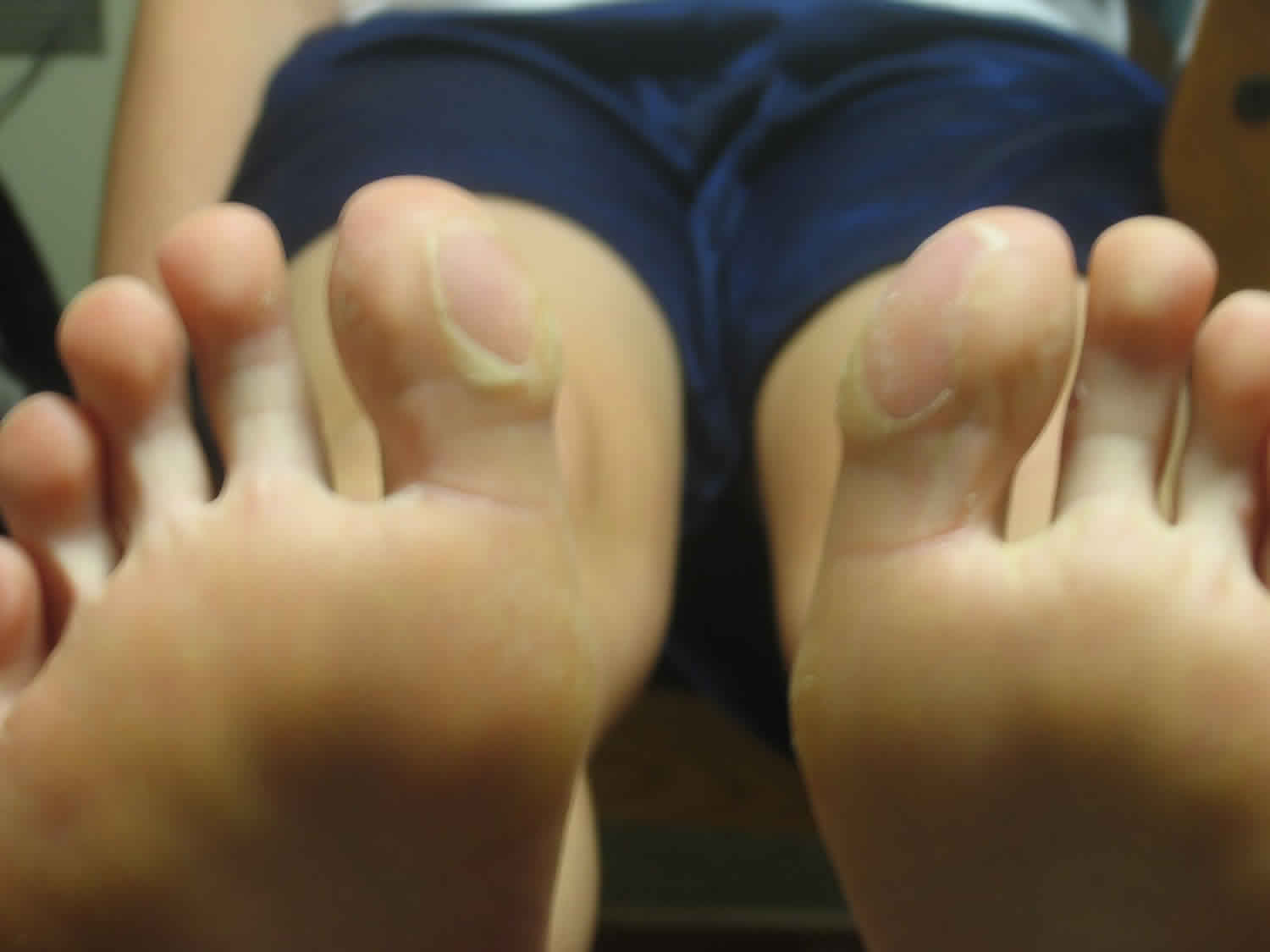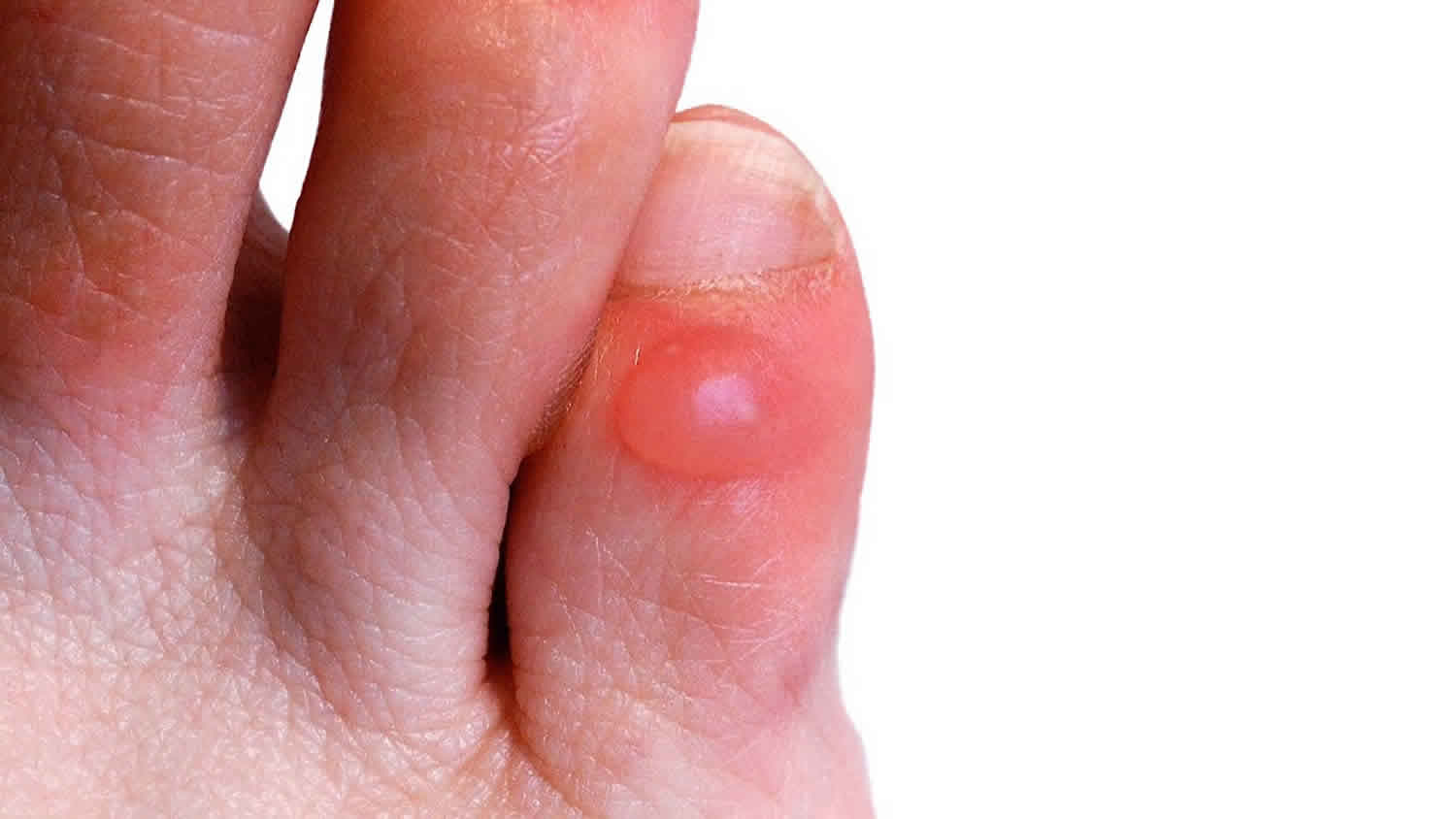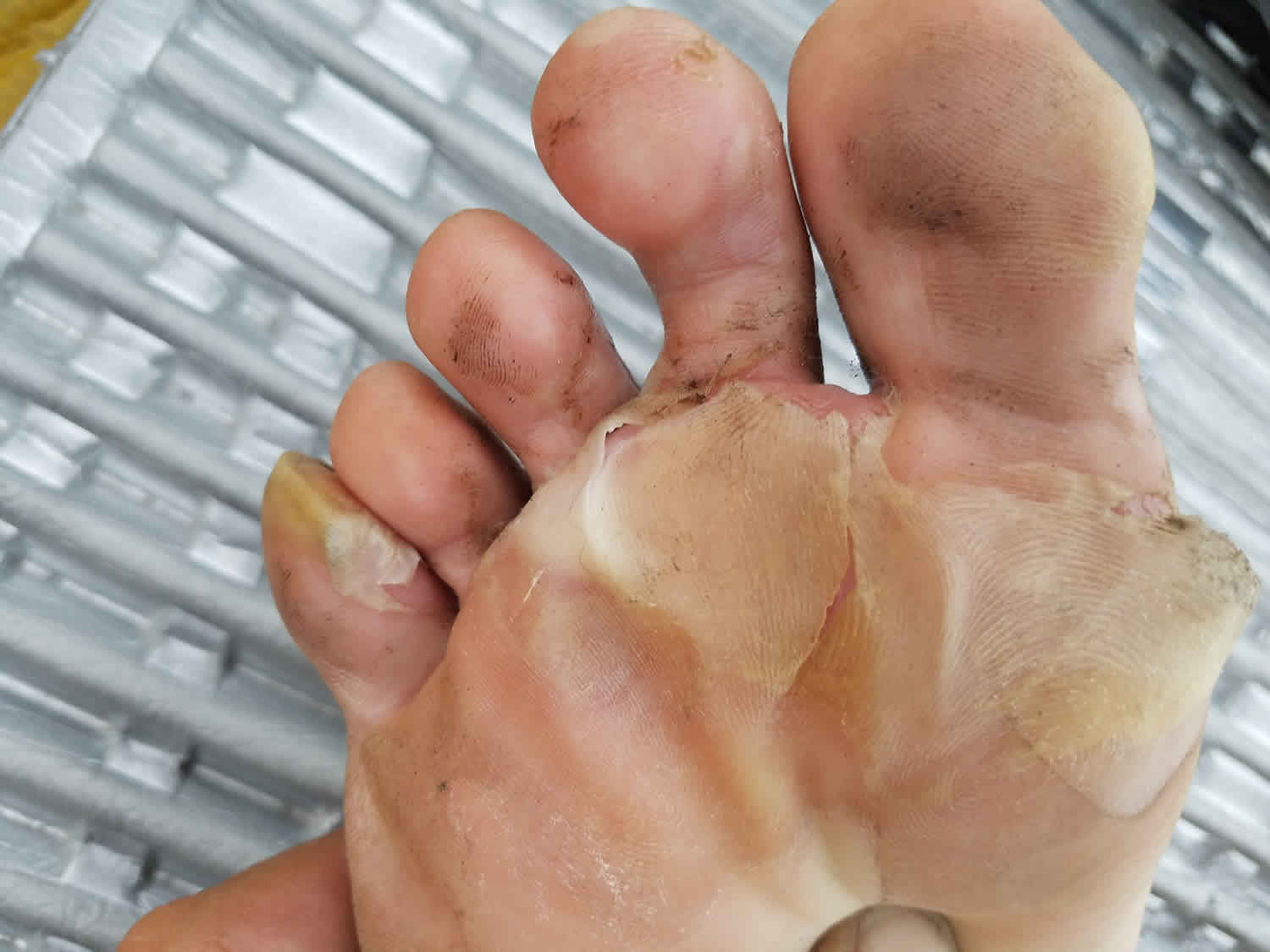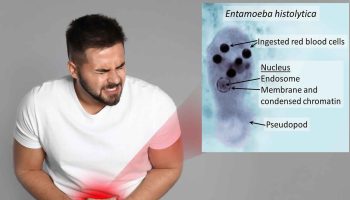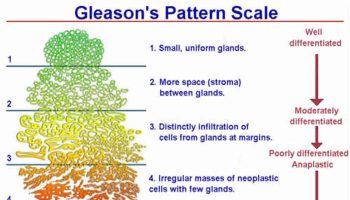What is a water blister
Water blister is a friction blister, which is a blister caused by the skin repeatedly rubbing against another object. Water blister most often forms on the palms, fingers, soles, sides of the feet and toes. The top of the blister is rubbed off where skin is thinner, such as the top of the hand or foot, forming an abrasion. In areas of thinner skin, friction causes chafing without blistering.
See a doctor if:
- a blister is very painful or keeps coming back
- the skin looks infected – it’s red, hot and the blister is filled with green or yellow pus
- a blister is in an unusual place – such as your eyelids, mouth or genitals
- several blisters have appeared for no reason
- a blister was caused by a burn or scald, sunburn, or an allergic reaction
Figure 1. Water blister on toe
Figure 2. Water blister on foot
Should you pop a water blister?
No. Water blister should heal on their own within a week. If a water blister isn’t too painful, try to keep it intact. Unbroken skin over a blister may provide a natural barrier to bacteria and decreases the risk of infection. Cover it with an adhesive bandage or moleskin. Cut a piece of moleskin into a doughnut shape and place the pad so that it encircles and protects the blister. Then cover the blister and moleskin with gauze.
Seek medical care if the blister looks infected. If you have diabetes or poor circulation, call your doctor before treating the blister yourself.
Don’t ignore an infected blister. Without treatment it could lead to a skin or blood infection.
What to do with a water blister
To relieve any pain, use an ice pack (or a bag of frozen vegetables wrapped in a towel) on the blister for up to 30 minutes.
To protect water blister and help prevent infection:
DO
- cover blisters that are likely to burst with a soft plaster or dressing
- wash your hands before touching a burst blister
- allow the fluid in a burst blister to drain before covering it with a plaster or dressing
DON’T
- DO NOT burst a blister yourself
- DO NOT peel the skin off a burst blister
- DO NOT pick at the edges of the remaining skin
- DO NOT wear the shoes or use the equipment that caused your blister until it heals
How to pop a water blister
To relieve water blister-related pain, drain the fluid while leaving the overlying skin intact. Here’s how:
- Wash your hands and the blister with soap and warm water.
- Swab the water blister with iodine.
- Sterilize a clean, sharp needle by wiping it with rubbing alcohol.
- Use the needle to puncture the blister. Aim for several spots near the blister’s edge. Let the fluid drain, but leave the overlying skin in place.
- Apply an ointment such as petroleum jelly to the blister and cover it with a nonstick gauze bandage. If a rash appears, stop using the ointment.
- Follow-up care. Check the area every day for infection. After several days, cut away all the dead skin, using a tweezers and scissors sterilized with rubbing alcohol. Apply more ointment and a bandage.
Water blister causes
A water blister occurs when there is contact, pressure and movement between the skin and something touching it – such as a heel rubbed by a new or unfamilar shoe.
Sheer forces cause mechanical separation of the layers of epidermal cells. The gap fills with fluid, forming a subepidermal bulla (blister). A blister forms more quickly if pressure and movement on the skin is severe or the skin is damp.
Conditions that can cause blisters
- Chickenpox – a childhood illness that causes itchy red spots
- Cold sores – small blisters that develop on the lips or around the mouth, caused by a virus
- Genital herpes – a sexually transmitted infection (STI) that most commonly affects the groin
- Bullous impetigo – a contagious bacterial skin infection
- Pompholyx – a type of eczema
- Scabies – a skin condition caused by tiny mites
- Hand, foot and mouth disease – a viral infection that usually affects young children
Who gets water blisters?
Water blisters occur from time to time in nearly males and females of all ages. Exacerbating factors include:
- Heat — they are particularly prevalent in tropical climates.
- Prolonged or vigorous exercise — they are common in athletes (especially marathon runners) and soldiers; one third of 872 American soldiers surveyed when in Iraq had blisters 1. Blisters on the palms may arise from rowing, or in children playing on monkey bars.
- Carrying a heavy load increases the risk of blisters.
- Excessive sweating — hyperhidrosis softens the skin so the skin splits more easily.
- Tight, uncomfortable or new shoes, which repetitively rub on one or two areas of skin.
- Unabsorbent or thin socks — these do not absorb moisture well and do not protect the skin adequately from damage by shoes or boots.
- Rough or hard fabrics may cause blisters on other sites, such as armpits or groin.
- Blisters may also arise on pressure areas such as the hip, as a complication of surgery or loss of consciousness, classically following barbiturate poisoning.
There are some specific diseases that make the skin more fragile than usual, also causing blisters in response to water or injury.
- Genetic disposition — epidermolysis bullosa is a group of disorders in which the skin blisters easily.
- Immunobullous disease — epidermolysis bullosa acquisita.
- Metabolic disease — porphyria cutanea tarda
- Sun damage — especially overexposure to solaria or tanning beds
- Certain medications — pseudoporphyria due to nonsteroidal anti-inflammatories or antibiotics (doxycycline)
Water blister prevention
To prevent water blisters on your feet, wear shoes that fit well. It also helps to use moisture-wicking socks. Try the various socks, shoes and insoles that are designed specifically to help reduce blistering. You might also try attaching moleskin to the inside of your shoe where it might rub or dusting the inside of your socks with talcum powder. Gloves help prevent blisters on your hands.
If prone to water blisters, the following measures may be useful.
- Well-fitting boots and shoes; use orthotics if necessary to reduce pressure points.
- Neoprene insoles
- Moisture absorbent socks, changed as soon as they are damp
- 2 pairs of socks: thinner inner polyester layer and thicker wool or polypropylene outer layer
- Gaiters to prevent gravel and plant materials entering the footwear
- Lamb’s wool padding over and around areas prone to blister
- Various proprietary foam padding, cushioning and protective barrier products, which are available at the shoe counter of your local pharmacy
- Antiperspirant, petroleum jelly or silicone lubrication, powders and topical skin adhesives have been advocated and may prove useful. However, they have not been shown scientifically to reduce discomfort or improve healing.
Some hardening occurs with repetitive low intensity exercise because of callus formation (epidermal thickening).
What are the clinical features of water blister?
Rubbing on the skin first peels off surface cells. More pressure causes the affected skin to redden, heat up and to sting. The red skin then becomes pale as the blister forms. The blister usually contains clear fluid but bleeding changes the colour to red/brown.
Blisters occur where the stratum corneum (the outer cell layer) is very thick, as is the case on the sole of the foot and palm of hands. Where the skin is thinner, water tends to sheer off the epidermis completely, resulting in an erosion (sore).
If the blister remains intact, the fluid will resorb and the damaged skin will peel off some days later.
Water blister complications
Intact water blisters usually heal up quickly without scarring. Healing is sometimes delayed. Problems may include:
- Pain impeding performance
- Wound infection: this presents with increasing pain and redness around the blister/erosion, a red streak heading for the groin or armpit, and pus formation. Infection is more common in diabetics and immune impaired individuals.
- Pyogenic granuloma may occasionally arise at the site of a blister some days later.
- Scarring due to infection or deeper injury.
Water blister diagnosis
Tests are not necessary for typical water blisters. The following investigations may be considered when blistering is frequent, extensive or failing to heal.
- Swab to check for bacterial infection with Staphylococcus aureus or Streptococcus pyogenes (impetigo or cellulitis).
- Skin biopsy of a new water blister for histopathology reveals intraepidermal split without inflammation. Specific features may lead to another diagnosis.
- Skin biopsy for direct immunofluorescence, positive in immunobullous diseases, is negative in water blister.
- Genetic tests may be requested if epidermolysis bullosa is suspected.
Water blister treatment
Water blisters will heal on their own. However, dressings are helpful to protect from further damage. Hydrocolloid blister plasters may promote faster healing.
Your doctor might burst a large or painful blister using a sterilised needle. If your blister is infected, they may prescribe antibiotics.
Your doctor can also offer treatment and advice if blisters are caused by a medical condition.
Large blisters can be drained by pricking with a sterile needle. It’s best to keep the roof of the blister in place if possible, to reduce pain and lessen the chance of infection. If the roof of the blister has come off leaving an eroded skin surface, clean the wound carefully and apply a clean dressing.
Infected water blisters or erosions may require topical antibiotics or antiseptics for a few days. Systemic antibiotics must be used if cellulitis occurs. Antibiotics should not be used if the wound is not infected.
